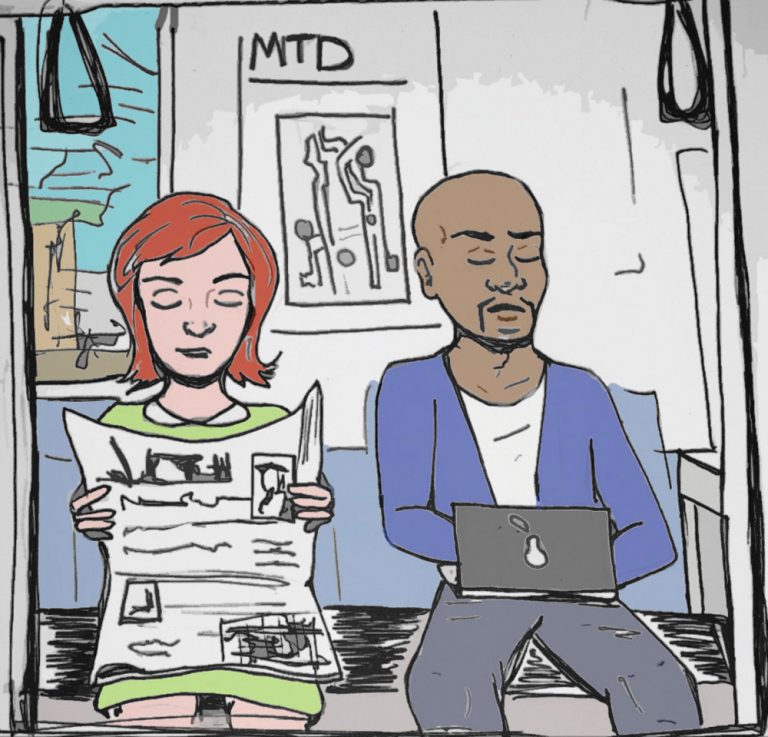
Spencer Wu
Staff Writer
First off, I would like to thank you for reading this. Whether it be online or in print, you are one of the few who still learns things through reading, so I commend you for that.
I say “one of the few” because there is a modern paradigm shift towards new age technology as the primary source for information and news. The surge of information being transmitted through social media is shared through platforms like Facebook and Reddit. Online media sharing has made world news coverage extensive but not intensive, obfuscating the facts and prodding the public in how to make sense of a certain issue.
The whole point of knowing things and retaining information in general is to understand different stories, viewpoints and perspectives. One must consider an entire body of work before they can make a judgement on the matter at hand, so it is essential to be well-informed. The most direct and straightforward way of achieving that is through what people call “traditional media,” like newspapers and articles.
I recently got a subscription to The New Yorker, my first-ever magazine subscription, and one thing definitely stood out to me. It is a much more immersive experience to actually hold a physical copy of the piece than to scroll half-asleep through my timeline. Even miscellaneous things, like skimming through the photo packaging and seeing the designer’s layout of a page, creates a channel to connect the reader with a medium otherwise lost in new age media.
Learning from full-fledged articles gives the reader access to a more in-depth analysis of what and how the writer thinks. There’s a sort of solace accompanied with reading the paper or getting deeply entrenched in an investigative report. With traditional media, there exists a context that is not replicated in a news byte. In terms of information being conveyed, the videos on social media are a long shot from the traditional media.
Sure, the quick minute-long NowThis-esque videos on Facebook are quirky, convenient and accompanied by upbeat music. I get that. But how much do consumers really gain from watching such a short clip with limited information? Such videos create an illusion of knowledge retention. Users feel that they are well read on a certain topic by just scrolling by these videos. This is shown in the abundance of likes, comments and shares that are paired with these videos.
Viewers are only given the bare bones of a certain topic or issue, and that information alone is not sufficient enough to provide personal commentary or hold a continuous conversation about the topic with others. It’s not all negative, however. These short videos make information readily available and provide it at a steady rate for a generation with short attention spans. But there is no use in knowing tidbits of information when it cannot be applied to anything outside of its factual backdrop.
In order to cover all the facets of a social justice issue or a political story a reader must put the phone down or close the laptop. Reverting back to what people consider an antiquated method of learning is the very thing that could enhance your learning experience on the important topics of today.










